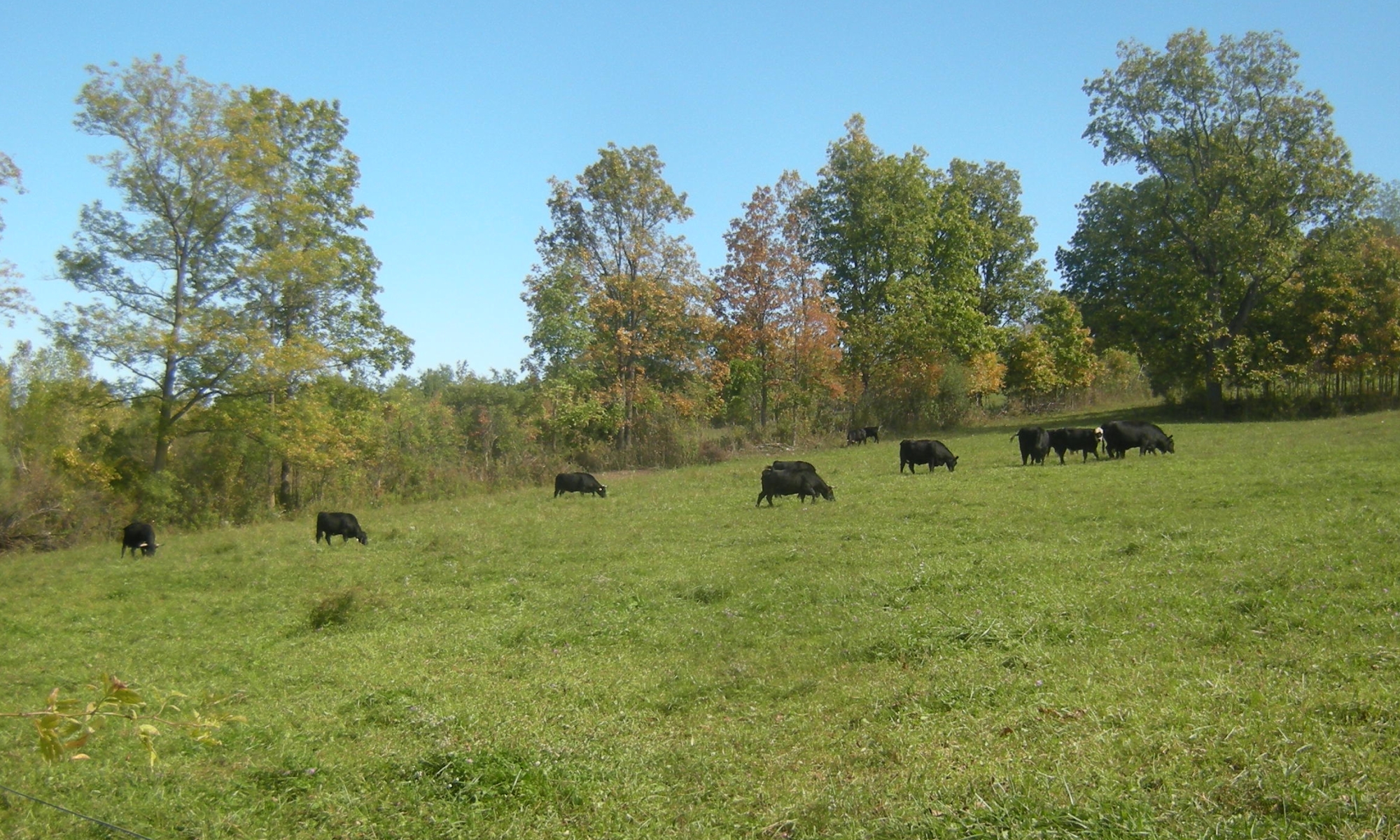It is time to send the pigs to the butcher. We purchased these pigs from another small family farm and have raised these pigs out of doors and fed them non-GMO grain, milk and cultured milk from our cow and day-old produce from a local grocery store and from our garden. They have been allowed to root and act like pigs. The plan is to use the location where they were as the start of a garden bed. They have done the tilling and fertilizing, we will do the planting and growing.
We have several sides available as halves or quarters. 1/4 side would take up about half the freezer over a refrigerator. We sell pork in bulk for $200 / quarter + processing costs (last time it was about $80/quarter). The total would be around $280, depending how much smoked meat and sausage you get. Assuming you leave most of the bones in, it would be about 35-40 lb. of meat. If you contact me by Monday, January 7, you can choose how you would like to have your pork cut up and what (if anything) you would like to have smoked or put into sausage. Payment can be made in late January when you pick up the meat.
Email me if you would like to purchase a quarter or half a pig or if you have questions.
In February we will again have pork available by the cut – $6 / lb. for unsmoked meat, $7 / lb for smoked meat and sausage. If you have cuts that you would like me to request from the butcher, please email me about that.








